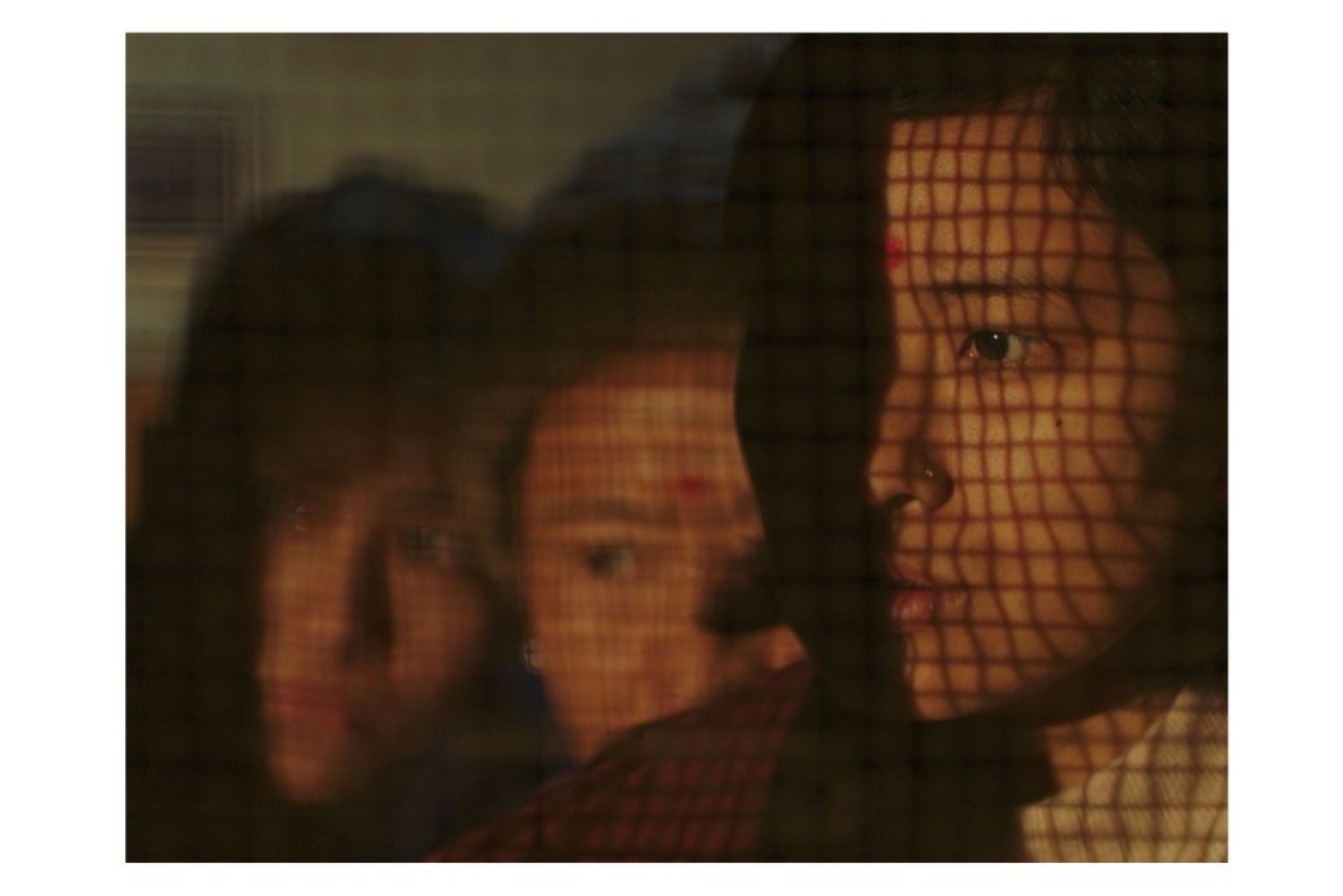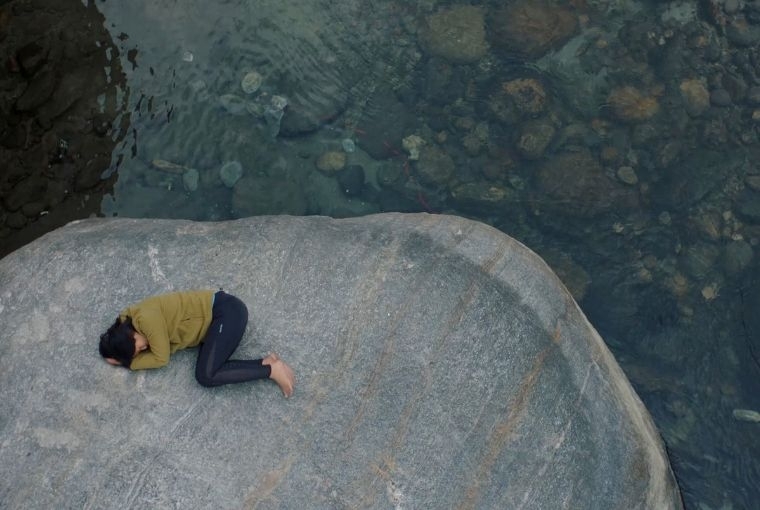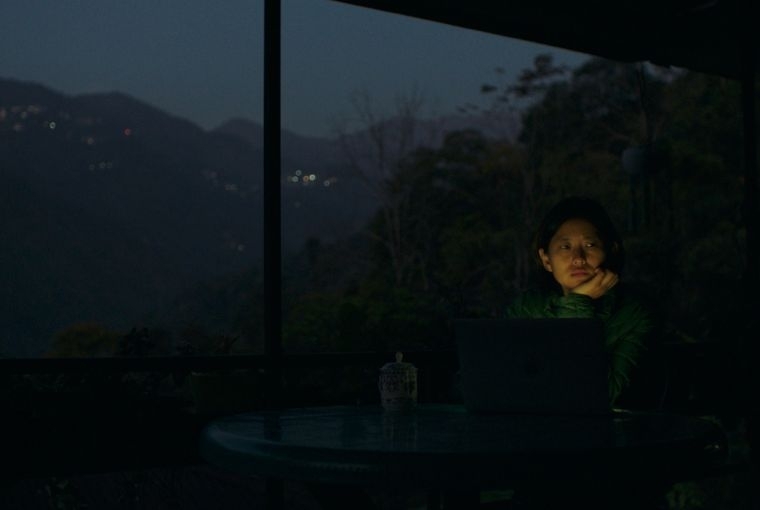

Tribeny Rai, like the protagonist in her debut film Shape of Momo, grew up in a household full of women in the Northeast as the third of four sisters. Surrounded by an extended family within a patriarchal society, the sisters’ worth was often defined by what was absent in their lives. ‘Sometimes, I feel I’m still compensating for that absence, like trying to fill a space that was never mine to fill. It’s woven so deeply into my upbringing that even now it lingers; quiet, persistent, and almost traumatic,’ Tribeny shares.
For Tribeny, filmmaking isn’t a romance. ‘I wouldn’t call it a romance. Filmmaking never felt romantic to me. It’s far too demanding; it asks for everything you have.’ However, cinema is far more than spectacle for her. Films like Emir Kusturica’s Time of the Gypsies and Kurosawa’s Rashomon quietly shifted her perspective. Later, at the Satyajit Ray Film and Television Institute, she realized cinema’s power as an art form, how it can become life itself. Shape of Momo continues to gain recognition on the festival circuit, recently screening at the Busan International Film Festival. More from Tribeny about her journey with the film below.
Finding The Shape of Momo
The story of Shape of Momo really came from my own life and from the lives of the women I know. We left our homes in search of freedom, of something larger than what we were given. But the further we went, the more it seemed the loss had already happened. But what I began to feel is that no matter what choice you make, you’re already losing something. If you leave for the city, you lose. If you stay back, you lose too. And it’s in that in-between space; in that feeling of not quite belonging anywhere that the story found its shape.

Two Worlds of The Protagonist
The answer to why she carries this anger is complicated. She has returned from Delhi and she feels superior to the village, believing she can make the house entirely independent. She doesn’t like how her mother and sister behave sweetly, almost performatively to get work done or to appeal to the men in the village. Maybe Bishnu is not naturally feminine or maybe she simply rejects this idea of femininity. Sometimes she even overcompensates, behaving more aggressively to assert herself. Perhaps over the years, she has only learned one way to deal with people. I think it also partially comes from her inability to be what her mother wants her to be. There is this constant feeling of not being good enough, not for her family, not for society. Even after she has achieved things that, conventionally many women or even men from her village/ community might not in bigger cities. That sense of insufficiency never leaves her.
Adding Layers
My co-writer, Kislay brought a lot of objectivity to the script. Because it is such a personal story, it could easily have slipped into becoming only about how the world is unfair to the protagonist. But with him, we were also able to turn the gaze back on her, to be critical of her choices and contradictions. It’s not easy to question your own privileges, to critique the very ground you stand on. That’s something I don’t think I could have done without Kislay. He opened up that space and it added depth, complexity and more truth to the story.

Shared Journey
After the screenings, women from places like Colombia and Korea have come up to me and said that they’ve been living this life; that they recognize it in their own experiences. I think the strength of our film is that it allows each viewer to find a piece of themselves in it. Whether it’s men who have never experienced the fear or pressure of living in a house full of women or people who are always chasing the idea of home, there’s something in the story that resonates with everyone, no matter where they come from.
Emergence of Northeast Cinema
Films from our region have always been made and the truth is, some of them were always making meaningful cinema. But today, selections at film festivals give them credibility and visibility. That recognition makes our cinema feel more relevant than ever. It also inspires many of us to continue telling stories that have long been underrepresented, and to bring the voices of the Northeast into a larger conversation.
Words Hansika Lohani
Date 18-11-2025